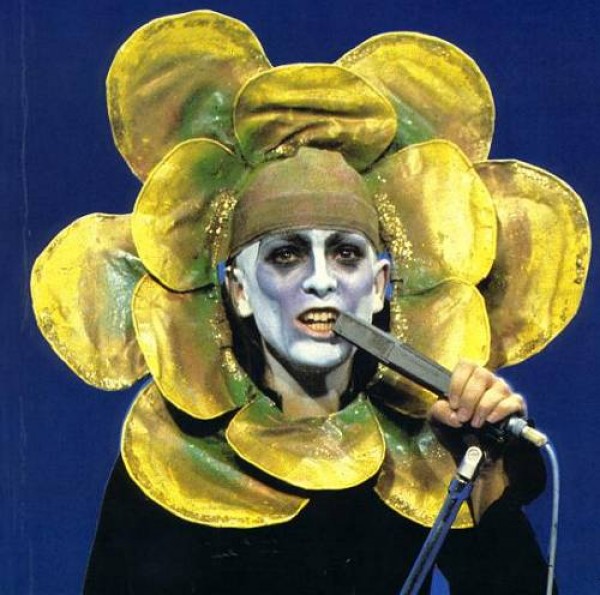EDITOR’S NOTE: Ordinarily Slate’s Dave Weigel writes comprehensively about the machinations of the political right, but taking a brief vacation from all that, he been writing a must-read multi-part historical treatise on the pomp and circumstance of prog rock, aka ‘the world’s most hated pop music.’ Here’s a taste.
SLATE: Very few acts had ever held concerts at this scale. From February 1973 to August 1974, ELP played 145 of them. Three of these concerts were recorded for live albums; two later appeared on band-approved bootlegs. This was music for the masses, not for a niche. The tours, most of them to support of ELP’s album Brain Salad Surgery, were tell-your-grandkids kind of spectacle, witnessed by at least 2 million people. The spectacle of the pop concert, the evolution that has given us Radiohead’s wall of shimmering lights and Kanye West’s spaceship and Lady Gaga’s human-sized eggs—we’ve got prog to thank (or to blame) for that. They snatched the baton from psychedelic musicians and space rockers. The jazz-fusion-prog of the Mahavishnu Orchestra was enhanced by the real live London Symphony Orchestra. Pink Floyd brought laser shows, then multistacking video screens, into their performances. Peter Gabriel’s Genesis would play as he acted out the entire story of Rael, the fever-dreaming Puerto Rican protagonist of The Lamb Lies Down on Broadway.
Excess onstage was necessary; otherwise, you’d be leaving out something that appeared on the record. “There was so much money flowing into the industry it couldn’t be spent fast enough,” wrote Yes and King Crimson drummer Bill Bruford in his memoirs. “If the Beatles had been to India and used a sitar, you could too. They write their own songs? Cool! You can too, and drive a ton more money your way. In the ‘70s, all manner of stray musicians were turning up in studios. Now we can produce ourselves, let’s get an orchestra!”
Some of the best stagecraft was completely earnest. The more virtuosic bands, like King Crimson, temporarily designated their venues as cathedrals. “The audience do not laugh,” wrote an NME reporter at a 1973 Crims show. “On the contrary, they watch and listen with evident concentration—albeit applauding upon the conclusion of the performance with equally evident feeling.” In September 1972, when Genesis was touring the Foxtrot album, singer Peter Gabriel took a powder during the second (of two) solos in “The Musical Box.” He returned wearing a red dress and fox head, approximating the anthropomorphic beast on the band’s album cover, singing out the mantra that ends the song: “Why don’t you touch me, touch me, now, now, now, now!” From then, until Gabriel left the band, it wasn’t a Genesis show unless the singer put on a mask. MORE

